By Neale Van Fleet on September 6th, 2023
A teaser for Hayao Miyazaki’s upcoming film, his first since 2013.
By Neale Van Fleet on September 6th, 2023
A teaser for Hayao Miyazaki’s upcoming film, his first since 2013.
By Neale Van Fleet on September 6th, 2023
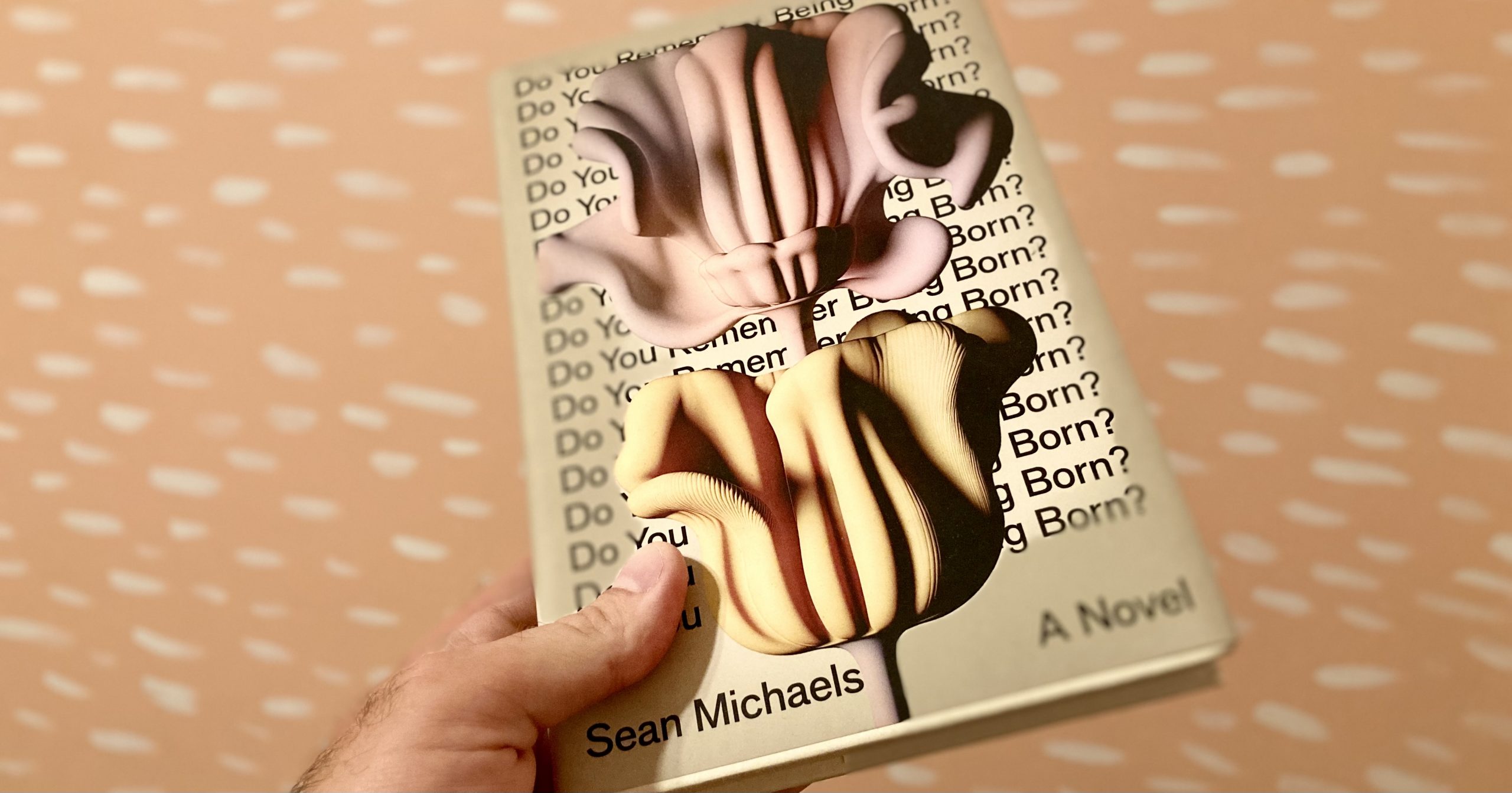
The first time I heard about language-based AIs, I was sitting in a beautiful Montréal park, and friend of Elsewhat Sean started talking about what AI could do with language. This was years before GPT got its “chat” prefix and became the sensation it has since become. I remember being baffled by hearing about GPT could take long strings of text and near-instantly rewrite them in a different style, or summarized shorter, or expanded, or just write from scratch. I felt somewhat in awe of the description of this technology, which took a few more years to go mainstream, but the impression he gave was that this was going to have a big impact on society.
Sean was then, and continues to be, way in advance of other artists in his understanding, and use of AI. This novel, years and years in the making, is testament to that. It feels like it could not be timed any better—Right as people are discussing what AI will do to art, here comes a beautiful book about, and partially written by AI.
The book follows a successful poet in her mid-seventies, Marian Ffarmer, as she’s commissioned by a California big-tech company to collaboratively write a piece of poetry with the company’s cutting edge language-based AI, Charlotte. Marian is a beautifully rendered character, and her eccentric, mischievous manner makes her a perfect foil to the polished technocrats at the big California computer company.
This book is excellent, and a very timely contribution to the debate on how AI impacts art. The New York Times gave a glowing review, and I agree. This is a thoughtful work, which simultaneously looks back at the long life of an artist as she navigates a new technology, created in a few short years, which will forever change the craft she’s taken her lifetime to master.
It’s also, importantly, not a work that tries to predict the long arc of where the technology will go, or the possible impacts it might have on society. It’s foremost about the artist, and her act of using tech in creating something which was, until now, quintessentially human.
By Neale Van Fleet on September 4th, 2023
99% Invisible has a very timely episode of their podcast about all the ins and outs of converting commercial high-rises into much-needed housing. New York is hardly alone in having simultaneous vacant office buildings while not having enough places for people to live. According to 99% Invisible:
Right now, in Manhattan, 18% of office space is vacant. At the same time, the city of New York has a major housing problem, with more than 100,000 people using the municipal shelter system.
The above-pictured 25 Water St is an example of a recent conversion.
My neighbourhood is filled with empty storefronts which have been vacant for years. I’d love to see Montréal incentivize the owners of these buildings to turn them into apartments.
Photo by Michael Young (Source)
By Neale Van Fleet on September 1st, 2023
Murder of Crows, Murmuration of Starlings, Parliament of Owls, and Gaggle of Geese are relatively well known terms, but bird grouping names get much, much more eccentric. Upon learning that a group of Ravens can be called an ‘Unkindness’, I took a shallow dive into bird group nomenclature. Some of the best:
Charm of hummingbirds
Squadron of pelicans
Descent of woodpeckers
Flamboyance of Flamingos
Gulp of Cormorants
Jubilee of Eagles
Mutation of Thrushes
Siege of Bitterns
And if you don’t know the species of a group, or the species are mixed, you can use ‘Dissimulation of birds’.
Birding World has a Comprehensive List of Bird Group Names →
By Neale Van Fleet on August 31st, 2023
Artist Duke Riley makes scrimshaw-inspired art on plastic sea garbage. For the uninitiated, Scrimshaw are ink-engraved bones most commonly made by sailors. Thanks, Lily!
By Neale Van Fleet on August 30th, 2023
Incessantly curious Montrealer Trevor Kjorlien, aka Plateau Astro, has a scale model of the earth and the moon on his front-yard fence. His photo of it from his Patreon looks like this:
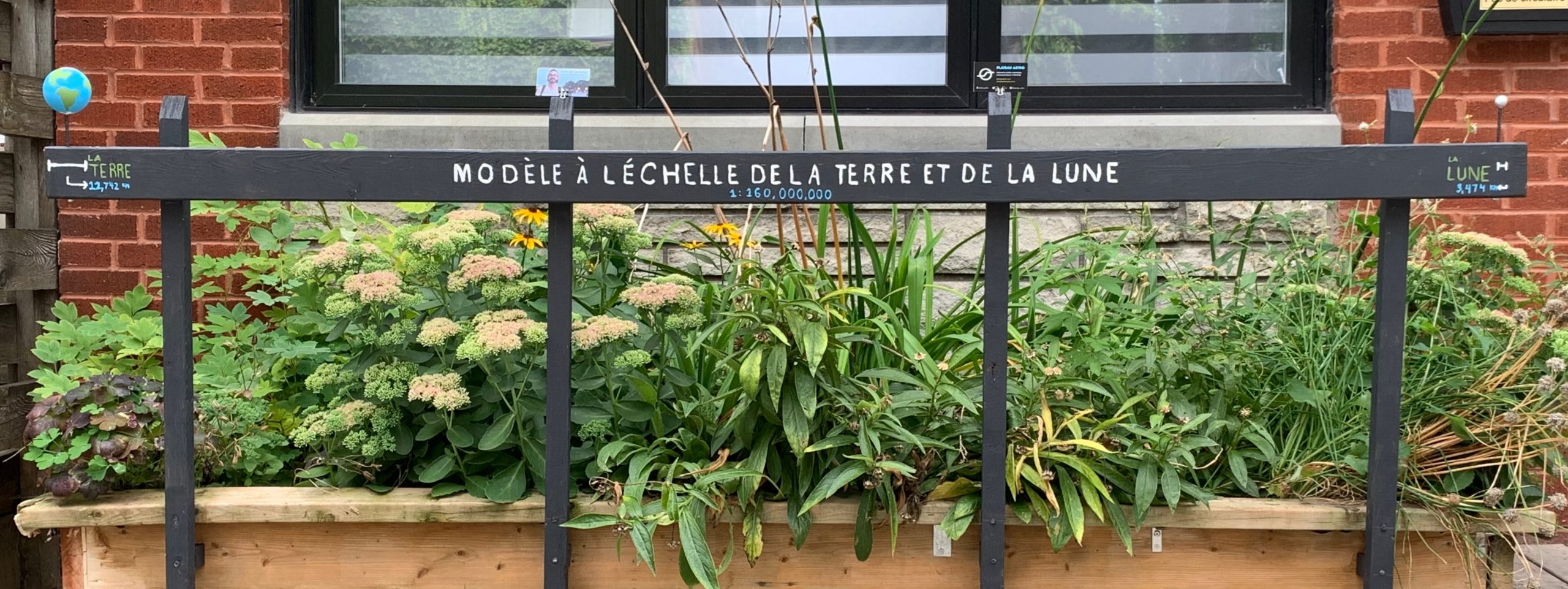
This is a great little guerrilla educational tool already, but, he says it leads to a common question: “How big is the Sun? Where is it?”.
This prompted me to contact him and ask if Montréal’s own Buckminster Fuller-designed geodesic dome, formerly the Expo 67 American Pavilion and now ‘The Biosphere’, would make a suitable sun. Not at the scale of his front-yard models, it turns out. At his front-yard scale, the sun would be about 6 meters across, and about 900 meters away from his tiny earth. The Bucky-ball would be a lot larger than his front yard would allow, at a 76 meter-diameter.
Trevor then sent me a map made with the aptly-named Solar System Scale Model Calculator with the 76-metre Biosphere at its sun, and the results are fascinating, largely because by scaling to a known size, it makes it clear just how utterly empty the solar system actually is.
It’s also satisfying to zoom in and see the solar system scaled onto something more familiar to people, like a city (click to explore):
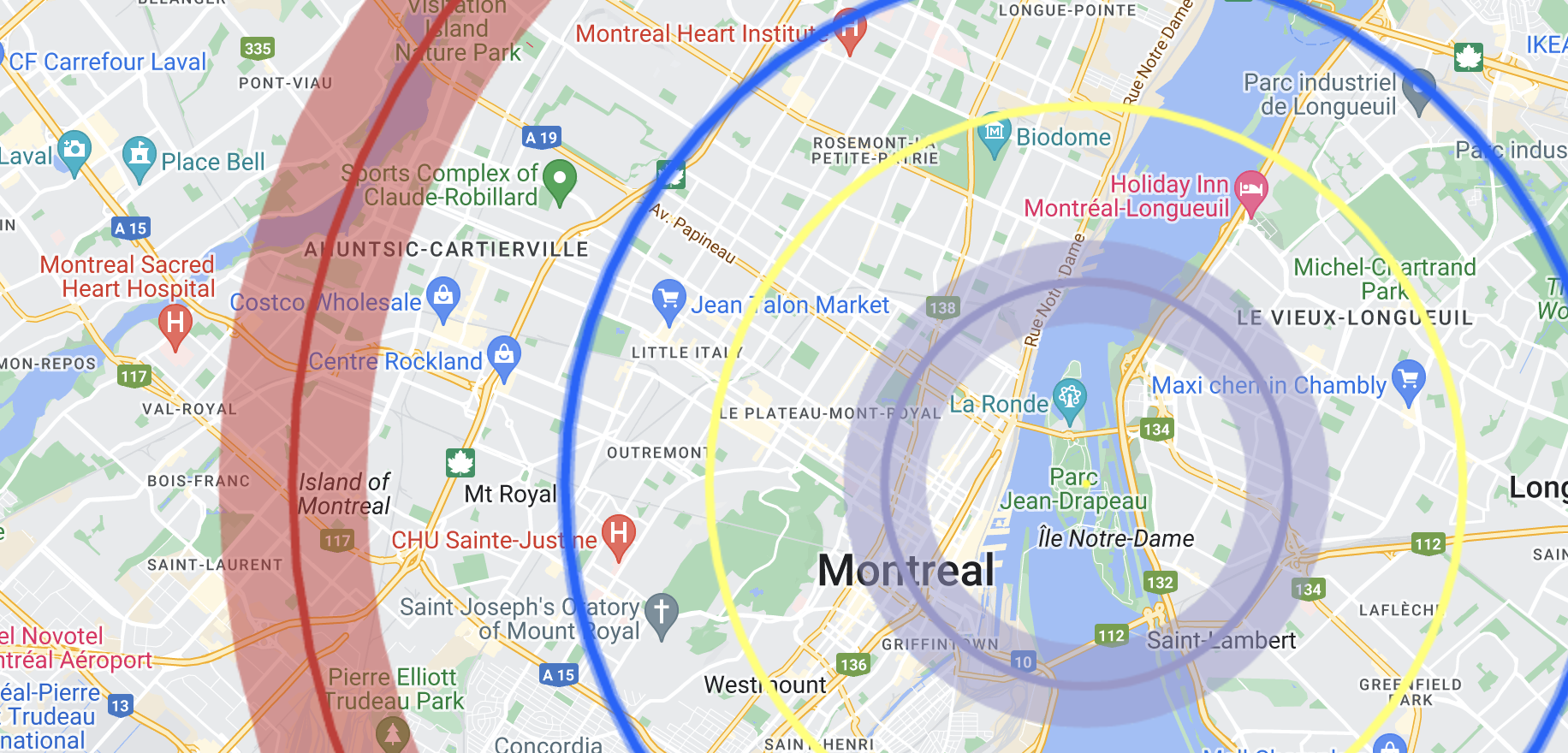
I also feel obligated, when mentioning the Biosphere taking the place of a star, to also mention that the biosphere was once covered in clear plastic panels, which caught fire in maybe the most heavy metal way.
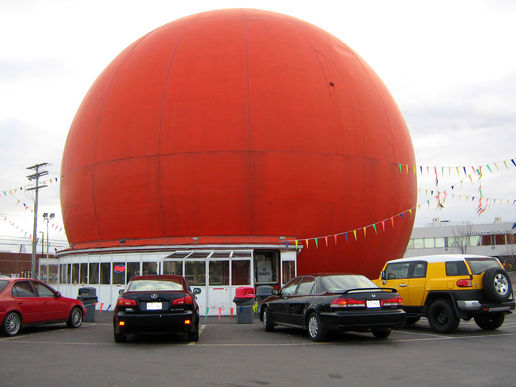
Which brings us to the other obvious sun substitute in Montréal, the rather sunny-looking Orange Julep. At 12 meters across, the Orange Julep is about exactly double the size the sun would be compared to his front-yard earth and moon, and also too far away. He was nice enough to generate a map of the solar system scaled to the Orange Julep sun.
Visit Plateau Astro for much more fun space content.
By Neale Van Fleet on August 29th, 2023
Friend of Elsewhat Sean Micheals has a great piece about AI and its relation to art up in The Baffler. Sean has an impending novel which explores the use of AI to create poetry. His years of writing the book, and his use of AI to help write it gives him a unique perspective on a topic that is generating a lot of discussion. Here he discusses how AI are being pitched to be large scale generalists:
So far, we have been bamboozled by big AI companies into assuming that we want big AI. Products like ChatGPT prioritize authority over personality, predictability over innovation; the same is true even of tools like Notion and Sudowrite, which are directly aimed at writers. All the major stakeholders seem focused on one-size-fits-all solutions, rather than developing tools that allow ordinary people to imagine original, artificial minds—trying out different architectures, applying different training data, embracing glitches, hunches, and obsession.
This idea of AI being monolithic and authoritative is not intrinsically part of the technology. I’m already seeing many smaller uses of AI pop up in my daily life. I used ML to enlarge the image above, and often use AI to identify plants and mushrooms using photos taken on my phone.
Here he describes how AI, when not trying to be authoritative and reliable, can actually generate surprising (and maybe poetic?) results. He describes their use of a ‘temperature’ setting, which can be used to set how ‘out there’ the LLM’s results are:
Platforms like Bard, Bing, and ChatGPT have their default temperature set relatively low: it’s more important to be “normal” and accurate than interesting. But other AI tools allow users to specify the temperature, increasing the likelihood that they will make the wrong—or inventive—choice. Years ago, I asked an LLM to finish a sentence that began “The rose’s color was . . .” With the temperature turned down, it only ever answered “red”—or, perhaps, “a vibrant shade of crimson.” When I dialed up the temperature, the system’s tenor changed. “The rose’s color,” it wrote, “was affected by the blade.”
By Neale Van Fleet on August 28th, 2023

In light of recent talk about AI potentially displacing human jobs, this recent podcast episode from Cautionary Tales about Ned Ludd (source of the term ‘Luddite’, and a completely made-up person) feels topical. The luddites were not unaware or ignorant of technology, as luddites are often presented today, they were a labour movement trying to protect skilled jobs. And they were willing to use violence to do it.
By Neale Van Fleet on August 25th, 2023
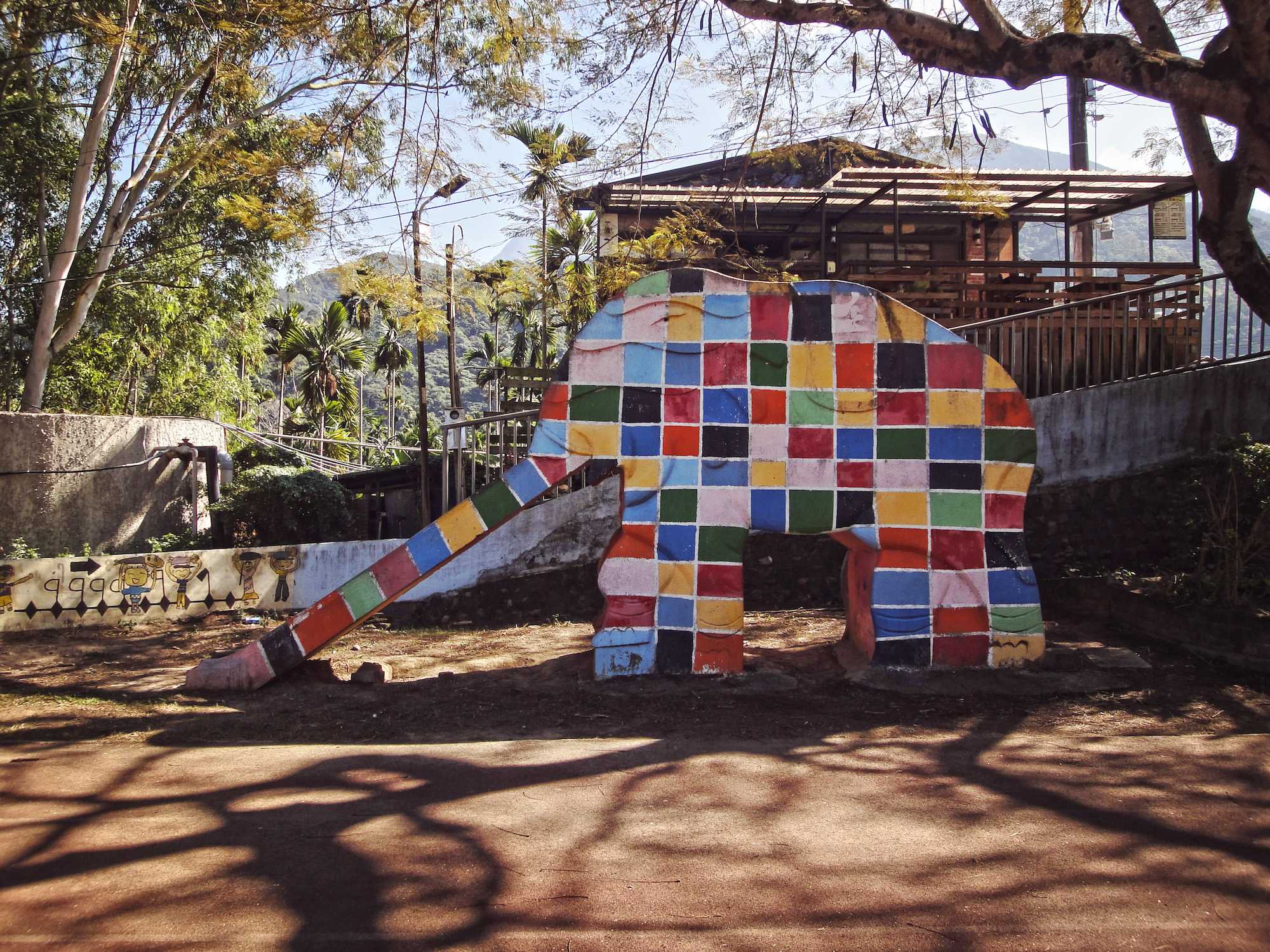
Photographer Pi Cheng Hsiu is capturing photos of vintage Taiwanese elephant slides before they slowly get replaced with more modern play structures. See them on an interactive map or on their Instagram.
Via Colossal
By Neale Van Fleet on August 24th, 2023
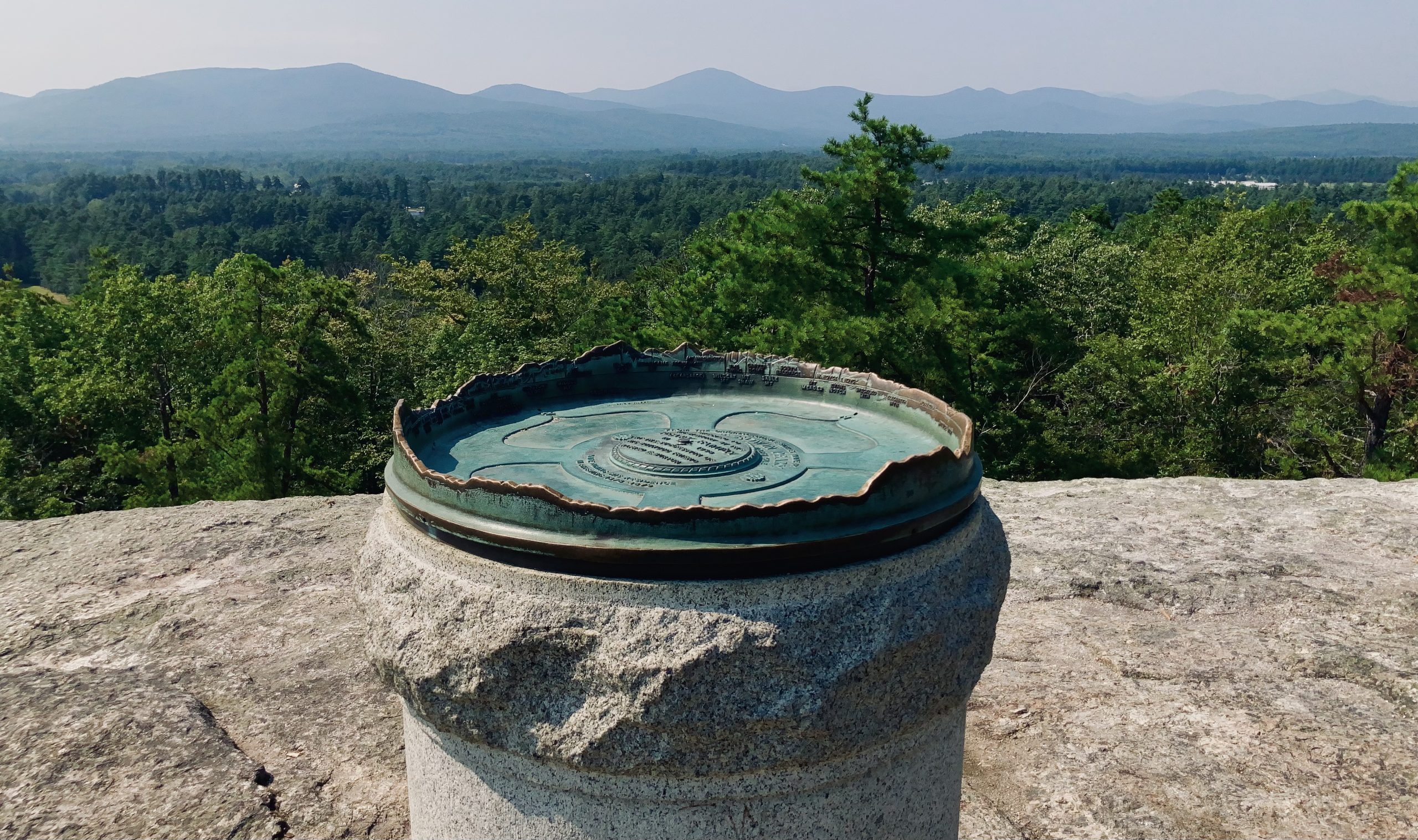
While on a very short hike during my vacation last week, I ran across a very simple, and very clever sculpture (for lack of a better word) at the top of a small hill. At first, I thought it was just a plaque on an elaborate stand, until I got closer…
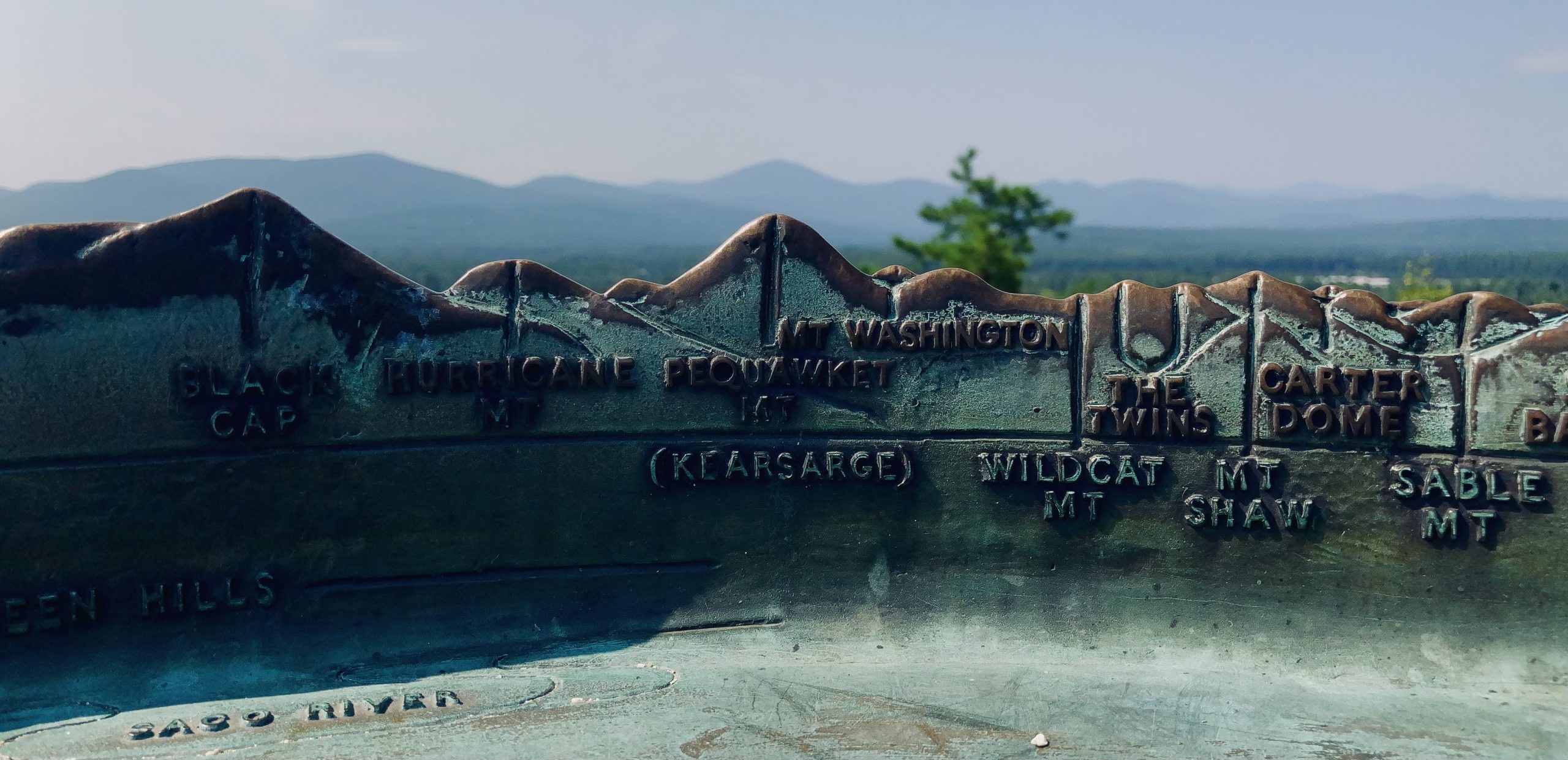
It was a map of sorts. A 3D bronze representation, erected in 1938, of all the surrounding hills and peaks (it was just foggy enough for Mount Washington to not register on camera). A very simple idea, and a good reward for a short 20-minute hike.